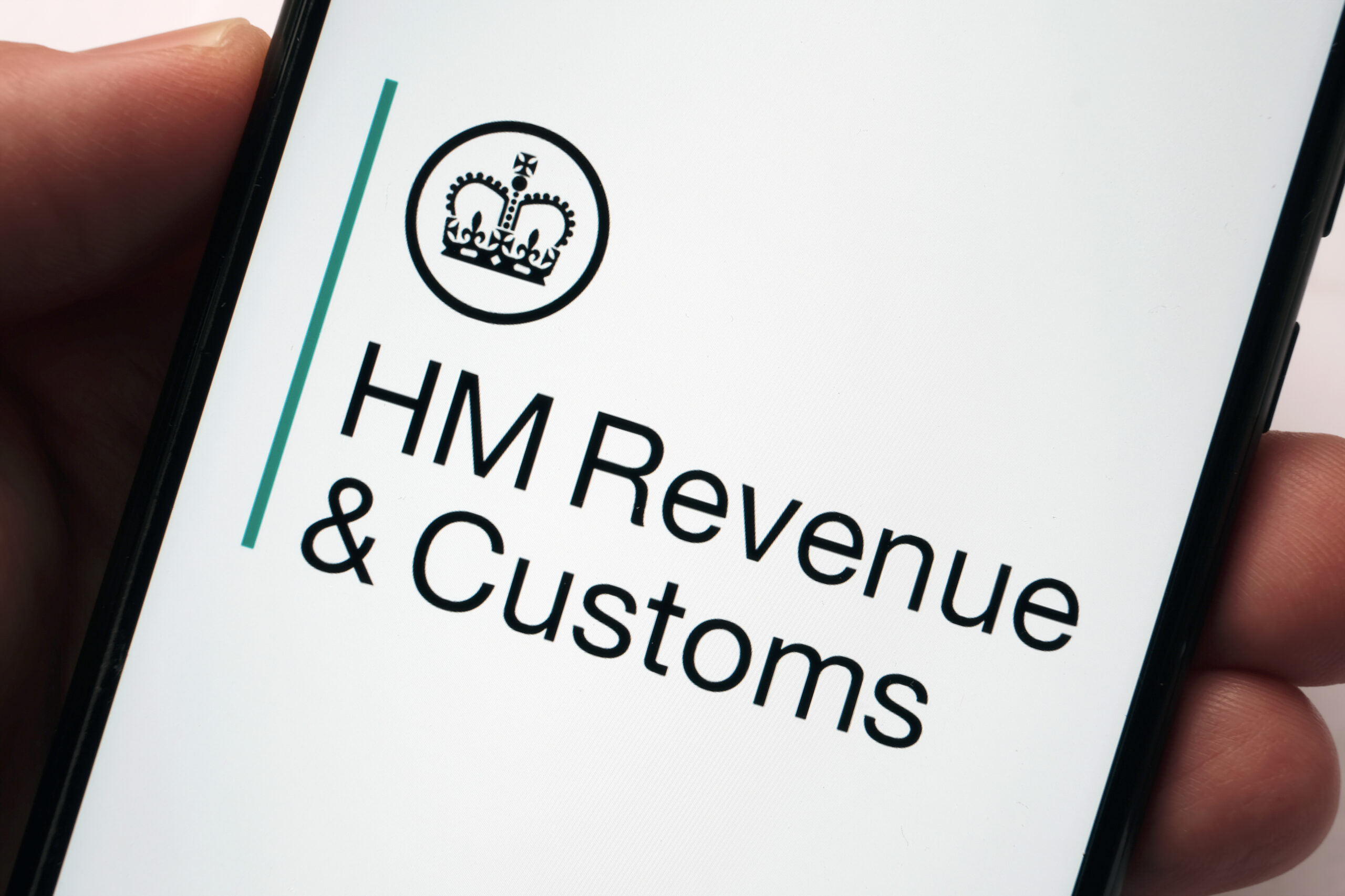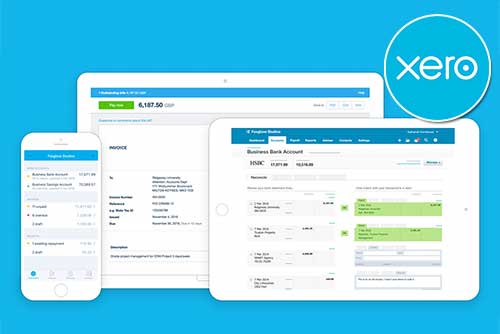Understanding Invoices: A Comprehensive Guide
Invoices are an essential component of business transactions; they act as a record of the services provided and the payment due. They also often include other important details such as itemised lists, buyer and seller information, and terms and conditions.
Although invoices are often seen as requests for payment, they are actually much more than that. They facilitate transactions, yes, but they can also help your company maintain cash flow and foster customer relationships.
In this article, we will explore the concept of invoicing and explain the different types and their purposes, how you can create effective invoices, and how you can easily manage them utilising software solutions. So, if you’re a business owner, a freelancer, or just someone looking to understand the intricacies of invoicing, this guide is for you!
What Is an Invoice?
An invoice is a commercial document that records the goods or services provided. It details the work completed, the payment terms, and the total amount due.
What’s important to remember is that invoices are not only a method for businesses to ensure they get paid, but they also provide a legal framework for the transaction and often include agreed-upon terms and conditions.
The Role of Invoices in Business
Invoices can be used for various purposes, from documenting transactions to facilitating payments and managing finances more effectively. So, let’s take a look at how and why businesses use them.
- Documentation of transactions: In their most basic form, invoices serve as formal documentation of a transaction between a buyer and a seller and show the record of the products sold or services rendered (including quantities, prices, and terms of sale).
- Legal requirement and proof of sale: In many jurisdictions, invoices are legally required for financial reporting, tax purposes, and compliance with regulatory requirements. They also serve as proof of sale, demonstrating that a transaction has occurred and providing evidence of the terms agreed upon by the parties.
- Facilitation of payments: Invoices serve as a request for payment from the seller to the buyer. They do this by outlining the amount owed, payment due date, and accepted payment methods.
- Inventory management: If your business sells physical goods, invoices containing detailed information about the products sold, quantities, and prices can help you track inventory levels, identify popular products, and forecast demand.
- Financial record-keeping: Invoices document revenue generated from sales and provide a breakdown of expenses, including cost of goods sold and operating expenses. These records are essential for financial reporting, budgeting, and decision-making purposes.
- Dispute resolution: In the event of discrepancies or disputes between the buyer and seller, invoices serve as a reference point for resolving issues.
It’s important to note that while invoices may serve as proof of a formal agreement between a buyer and a seller, they do not provide proof that a service has been paid for.
How Are Invoices Created?
Invoices can be created manually or using invoicing software. Regardless of your chosen platform, the first step is gathering all relevant transaction details. This includes information such as the products or services sold, quantities, prices, payment terms, and customer details.
You can create invoices manually using tools like word processors or spreadsheet software. Alternatively, you can use specialized accounting or invoicing software. Choosing the right method will ultimately depend on the complexity of the transactions, the volume of invoices, and the level of automation required.
One advantage of using software is that you can choose from a variety of invoice templates. These typically include pre-designed layouts with fields for entering transaction details, company branding elements, and terms of sale.
The Key Components of an Invoice
We have established that an invoice is more than just a bill. But what exactly should this essential document include? Let’s take a look.
- Business information: Firstly, your invoice should clearly state your business name and the ways in which you can be contacted. This not only helps your customers know who the invoice is from, but it also provides them with a way to reach you if they have any questions or concerns.
- Customer data: Your invoices should also include your customer’s name. This is important for record-keeping purposes and also helps to personalise the invoice.
- Unique identifier: Another key component is an invoice number or ID. This will help you keep track of your invoices and make locating specific transactions in your records easier.
- Date and terms of payment: These details are both crucial, too, as they let your customers know when payment is due and what payment methods are accepted.
- Itemised list: The heart of the invoice is the list of goods or services provided. Each item should be listed separately, with a clear description and the price. If applicable, taxes, fees, and discounts should also be included.
- Sum: Finally, the total of all goods listed on the invoice should be clearly stated. This will give your customers a clear understanding of what they owe.
The Importance of Invoicing and Best Practices
Invoices serve as a formal request for payment, acting as a crucial link between you and your customers. They provide a clear breakdown of what your customers are paying for, fostering transparency and trust. A well-managed invoicing process can also significantly improve your cash flow. By sending out invoices promptly and following up on late payments, you can ensure a steady stream of income, keeping your business financially healthy.
Invoicing plays a vital role in building and maintaining customer relationships as well. A professional and efficient invoicing process can enhance your business’s reputation, signalling to your customers that you value their time. So, let’s take a look at each of these aspects of invoicing in some more detail and explore a few best practices to help you keep things running smoothly.
How To Use Invoices to Ensure Timely Payments
When you send an invoice, you’re not just requesting payment. You’re also communicating your professionalism and setting the tone for future transactions.
The sooner you send an invoice after a service or product has been delivered, the quicker you’re likely to get paid. It’s a simple equation but one that’s often overlooked. Remember, the clock doesn’t start ticking until the invoice is in your customer’s hands!
Another important factor is the clarity of your invoices. A clear and concise invoice leaves no room for misunderstanding and increases the chances of prompt payment. So, make sure they’re easy to understand and clearly state all the necessary details, such as the amount due, the due date, and the payment methods you accept.
Lastly, don’t forget to follow up on overdue payments. A gentle reminder can often nudge a forgetful customer into action.
How To Use Invoices to Maintain Cash Flow
Maintaining a healthy cash flow is crucial for your business’s survival and growth, and invoices can actually play a significant role in this process!
When you issue an invoice, you’re essentially requesting payment for the goods or services you’ve provided. This initiates the cash flow from your customers to your business.
If you want to avoid late payments that disrupt your cash flow, it’s important to have a system in place for tracking invoices. This includes knowing when they’re due, who’s responsible for paying them, and what to do if they’re not paid on time.
You can also consider offering multiple payment options to make it easier for your customers to pay their invoices, such as bank transfers, credit card payments, or even online payment platforms. The easier it is for your customers to pay, the quicker you’ll receive your money, and the smoother your cash flow will be.
How To Use Invoices to Build Customer Relationships
Building strong customer relationships is a crucial aspect of any business, and believe it or not, invoicing plays a significant role in this as well!
Remember that your invoices reflect your business. A well-organised, clear, and professional document can boost your business’s image and show that you value your work and take it seriously. This can instill confidence in your customers and make them more likely to do business with you in the future.
An invoice is an opportunity to provide your customers with all the necessary information they might need. This includes your contact details in case they have any queries or disputes. If your customer provides a purchase order number, including it on the invoice can also make the payment process smoother for them.
You can personalise your invoices to make your customers feel valued, too. Including a thank you note or a message can go a long way in building a positive relationship with your customers. It shows that you appreciate their business and care about their experience.
The Different Types of Invoices
Understanding the different types of invoices can help you streamline your business operations and ensure timely payments. In this section, we will take a look at the different options you have when creating them so you can choose the one that best suits your business needs.
Standard Invoices
Standard invoices are the most common type of business invoices. They’re used across various industries and are typically issued after services have been rendered or goods have been delivered.
The primary purpose of a standard invoice is to provide a detailed account of the transaction between the service provider and the customer. In summary:
- They include essential information such as the business name, contact details, unique invoice number, and the date.
- They outline the terms of payment, specifying the time period within which the payment is expected.
- They include a comprehensive list of the items or services provided, their quantity and price, as well as any applicable taxes, fees, or discounts.
In essence, standard invoices facilitate smooth transactions and ensure transparency with customers.
Recurring Invoices
Recurring invoices are a type of invoice that businesses often use for regular, ongoing services, like a gym membership or a monthly cleaning service. They are a time-saver as you don’t have to create a new invoice every time; instead, you set it up once, and it automatically sends out at the agreed intervals.
With recurring invoices, you can:
- Set up a payment schedule that suits both you and your customer. This could be weekly, monthly, or even annually.
- Expect to receive payments on a consistent basis. This can be particularly beneficial for small businesses that rely on regular income to cover operational costs.
- Provide a reliable and predictable billing process to build a strong relationship with your customers, which will lead to increased customer loyalty and repeat business.
Proforma Invoices
Proforma invoices are another type of invoice that businesses often use. These are preliminary bills of sale sent to customers before a job is completed or a product is delivered. In short, they provide a clear idea of what the customer can expect to pay, helping them to budget accordingly. For instance:
- Proforma invoices are useful for international transactions, where customs may require detailed information about the goods being shipped.
- They’re also handy for businesses that deal with large, complex projects where the final cost isn’t always clear from the outset.
- Proforma invoices aren’t legally binding; they are simply a tool for providing an estimate, and the final invoice may differ from the proforma.
In essence, proforma invoices help to avoid any surprises when it comes to payment. They ensure that both parties are on the same page about the cost of the services or products being provided.
Tips for Creating an Effective Invoice
Creating an effective invoice is a crucial step in ensuring your business gets paid on time. The goal, remember, is to craft a document that’s clear, professional, and easy to understand.
The first step is choosing the right invoice template that suits your business needs. Look for those that allow you to include all the essential information, such as your business name, contact details, unique invoice number, date, terms, and a detailed description of the items or services provided.
Setting clear payment terms is another key aspect of creating an effective invoice. This means specifying the number of business days within which you expect to be paid. Don’t forget also to include any applicable taxes, fees, and discounts. The goal is to make the invoice as easy as possible for your customers to read and understand.
In the end, an effective invoice is a reflection of your business’s professionalism and attention to detail. So, take the time to get it right! Below are some more specific tips for creating great invoices.
Tip #1: Choosing the Right Invoice Template
Choosing the right invoice template is the first step towards creating an effective invoice. It’s not just about aesthetics but also about functionality.
The template should be professional and easy to understand, with clear sections for all the necessary information. It should also be adaptable to your business needs. For instance, a dentist might need a template that allows for the inclusion of procedure codes for insurance purposes.
Lastly, the template should be scalable. As your business grows, your invoicing needs might change. The template should be able to accommodate these changes, saving you the trouble of having to switch to a different system.
Tip #2: Including Essential Information
When it comes to invoices, the devil is in the details.
The first thing to remember is that your invoice should clearly display your trading name and business address. This is not just a formality but a necessity for your customers to know where to reach you in case of any queries or disputes.
Next, you need to include your customer’s name and a unique invoice number or identifier. This is crucial for your records and helps in tracking payments. Also, don’t forget to mention the date and terms, especially when you expect to be paid.
As we have mentioned, one of the most important parts, though, is the description of the items or services provided. Each service or item should be listed on a separate line for easy identification and be accompanied by the price and quantity. If there are any taxes, fees, or discounts, these should be clearly stated as well.
Lastly, make it easy for your customers to pay you and include the payment methods you accept and your bank details. This will not only make the payment process smoother but also give your customers a sense of security.
Tip #3: Setting Clear Payment Terms
Setting clear payment terms on your invoices is crucial to ensuring timely payments. It’s your responsibility to define these terms with your customers beforehand!
Setting the terms could be as straightforward as stating “Payment due within 30 days” on the invoice. For a more cordial approach, you might say, “We appreciate your business. Please send your payment within 30 days of receiving this invoice.” In some cases, you can also use specific terms like ‘Net 10′ or ‘Net 30‘ (payment is due within 10 or 30 days, respectively) and even offer incentives for early payment (for instance, stating ‘1/10 Net 30’, which means a 1% discount is given if payment is made within 10 days).
Remember to include your bank details for electronic payments. Bankers’ Automated Clearing Services (BACS) payments are a common method in the UK, and they take three working days to clear. The Faster Payment Service (FPS) is another option, clearing payments on the same day.
The Importance of Managing Invoices
Remember, effective invoice management is not just about getting paid. It’s about maintaining a professional image and ensuring your business’s financial health. So, let’s dive in and learn how to manage invoices effectively.
Tip #1: Tracking Invoices
Keeping track of invoices is crucial. And with the right system in place, you can easily monitor who has paid, who hasn’t, and who might need a gentle reminder!
It’s good practice to send invoices promptly after completing a job. This not only ensures that your work is fresh in the client’s mind but also helps maintain a steady cash flow.
Online invoicing also prevents invoices from getting lost in the post. Since they’re sent digitally, clients can easily find them by searching their inbox.
Remember to also keep a record of all your invoices in one organised location. This is essential for bookkeeping, tax purposes, and overall management.
Tip #2: Dealing with Late Payments
Dealing with late payments can be a challenging aspect of managing invoices. It’s crucial to approach this issue professionally and assertively.
If a payment is overdue, don’t hesitate to follow up with your client. Remember, you’re running a business and deserve to be paid for your services or products.
One effective strategy is to issue reminders as soon as the due date has passed. This shows your clients that you’re on top of your finances and expect them to honour their commitments. In some cases, though, you might need to take a more direct approach. If a payment is significantly delayed, you can cease work to avoid incurring further costs. This sends a clear message to your clients that you value your work and expect timely payment.
Always keep track of who is responsible for making payments in your client’s company. Having a direct line of communication with this person can make the process of chasing late payments much smoother.
Tip #3: Using Invoicing Software Solutions
Invoicing software solutions are a game-changer for businesses. They streamline the invoicing process, making it easier to manage and track payments. So, with the right software, you can send invoices directly to your customers’ inboxes, making it convenient for them to pay with just a click.
Another advantage of invoicing software is the ability to send invoices from your mobile device. This is particularly useful when you’re out in the field. But what’s even more useful is that invoicing software also helps to keep your records organised. Many platforms, for example, automatically save all your invoices in your dashboard. This makes it easy to find and reference them when needed.
Invoicing software solutions offer an efficient way to manage invoices. They can help you save time, ensure timely payments, and track your cash flow more easily.
Conclusion: The Impact of Effective Invoicing on Business Success
Invoices are more than just a request for payment; they are a critical tool in managing your business’s cash flow and building strong relationships with your customers, whether you are a sole trader, a limited company, or a VAT-registered business.
Choosing the right invoice template, including all the essential information, and setting clear payment terms can significantly affect how quickly you get paid and how healthy your cash flow is!





















